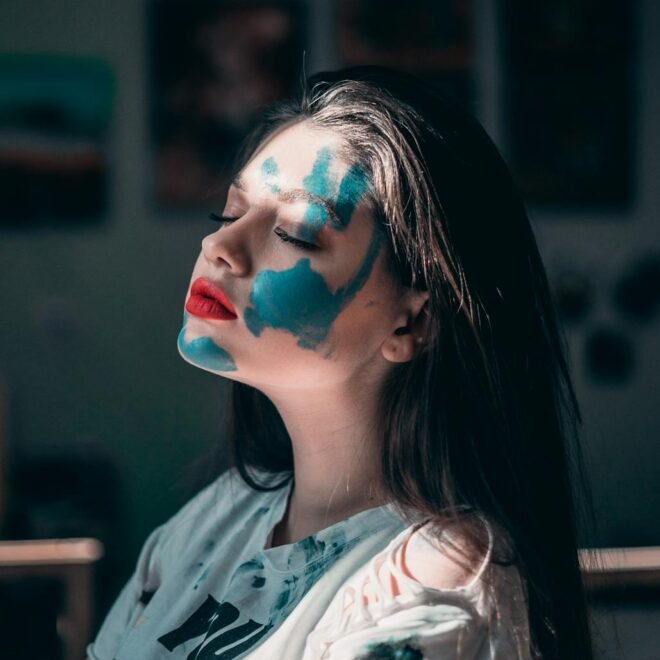Introduction:
Welcome to our delightful origami duck tutorial! This charming paper bird project brings the peaceful beauty of pond life to your fingertips through simple folding techniques. Perfect for beginners, children, and nature enthusiasts, this origami duck captures the graceful essence of these beloved waterfowl in just eight straightforward steps. What makes this design special is its recognizable swimming pose—your finished duck appears to be gliding across water, making it ideal for spring decorations, pond-themed crafts, or educational projects about birds. The green paper shown creates a unique mallard-inspired look, though yellow paper would create the classic rubber duck appearance, or white for a swan-like elegance. Whether you’re teaching children about waterfowl, creating decorations for a baby shower, or simply enjoying a relaxing craft session, this origami duck offers both simplicity and charm. Using basic folds and inside reverse techniques, you’ll transform a simple square into a delightful paper duck that’s sure to make everyone smile!
Detailed Step Descriptions:
STEP 1: CREATING THE INITIAL FOLD

Begin your origami duck by folding the square paper along the dotted line to create a vertical crease. This foundational fold establishes the central axis that will guide the symmetry of your paper duck. Simple origami animals for beginners always start with these basic reference lines for proper alignment. Unfold the paper after creasing to reveal the guideline for subsequent folding steps.
STEP 2: FORMING DIAGONAL CREASES

Fold the paper diagonally in both directions as indicated by the arrows and dotted lines. These diagonal folds create an X-pattern of creases that form the structural foundation for your duck. Origami bird tutorials emphasize the importance of these preliminary folds for achieving proper proportions. After completing both diagonal folds, unfold to reveal the intersecting crease pattern on your paper.
STEP 3: CONTINUING DIAGONAL FOLDS

Create additional diagonal folds in both directions to further develop the crease pattern. This step refines the folding map that will guide the transformation into a three-dimensional duck. Easy origami duck patterns utilize these multiple creases to ensure precise shaping in later steps. The completed crease pattern now shows a complex grid that will enable accurate duck formation.
STEP 4: FOLDING IN HALF

Fold the paper in half along the dotted lines, bringing the model into a more compact form. This fold begins the three-dimensional transformation from flat paper to sculptural duck shape. Paper duck crafts for kids often feature this pivotal fold that starts defining the bird’s body. The model now takes on a diamond-like shape that will evolve into your duck’s distinctive form.
STEP 5: CREATING THE FIRST INSIDE FOLD

Execute an inside fold along the dotted lines as shown by the upward-pointing arrows. Inside folding is a crucial origami technique that creates dimension by tucking paper within itself. Waterfowl origami designs frequently use inside folds to form necks, heads, and other protruding features. This fold begins shaping what will become the duck’s neck, setting up the characteristic curved profile.
STEP 6: FORMING THE NECK ORIGAMI DUCK

Continue with another inside fold along the dotted lines to further define the duck’s neck structure. This secondary inside fold creates the elegant curve that gives origami ducks their recognizable silhouette. Spring craft origami projects often feature these graceful neck curves that capture natural bird postures. The emerging neck now shows the distinctive S-curve that characterizes swimming waterfowl.
STEP 7: SHAPING THE HEAD ORIGAMI DUCK

Perform a final inside fold along the dotted lines to create the duck’s head and beak. This crucial fold transforms the neck tip into a proportioned head with a pointed bill. Origami pond animals require these precise head folds to achieve species-specific characteristics. The completed fold reveals the duck’s profile with its characteristic forward-facing beak.
STEP 8: ADDING FINAL DETAILS FOR ORIGAMI DUCK

Draw eyes on your duck to bring it to life and complete the charming waterfowl appearance. Adding facial features personalizes your origami creation and makes it more appealing to children. Simple origami projects often conclude with these creative touches that add character and expression. Your finished origami duck now displays all the essential features of a swimming waterfowl.
Conclusion:
Congratulations on creating your adorable origami duck! Through eight carefully designed steps, you’ve transformed a simple square of paper into a recognizable waterfowl that appears to be peacefully swimming. Your completed duck showcases essential origami techniques including diagonal folding, inside reverse folds, and strategic shaping—skills that form the foundation for more complex bird designs. This charming paper duck serves multiple purposes: as a spring decoration, a pond-themed craft for children, an educational tool for teaching about waterfowl, or simply as a delightful desk companion. The techniques you’ve mastered open doors to creating entire origami pond scenes with various water birds and animals. We encourage you to experiment with different paper colors to create a whole flock—yellow for ducklings, white for swans, or brown for wild ducks. Whether displayed individually or as part of a larger nature scene, these origami ducks bring a touch of serene pond life to any setting!
- Explore more origami birds collection → Discover various bird designs including swans, cranes, peacocks, and other feathered friends with easy tutorials.
- Spring origami craft projects → Find seasonal paper folding ideas perfect for spring decorations, including flowers, butterflies, and pond animals.
- Easy origami for children → Browse child-friendly projects that develop fine motor skills while creating fun animal and nature designs.
- Origami pond and water animals → Create a complete pond ecosystem with paper frogs, fish, turtles, and other aquatic creatures.
- Inside fold origami techniques → Master the inside fold method used in this duck tutorial and apply it to other three-dimensional origami models.



